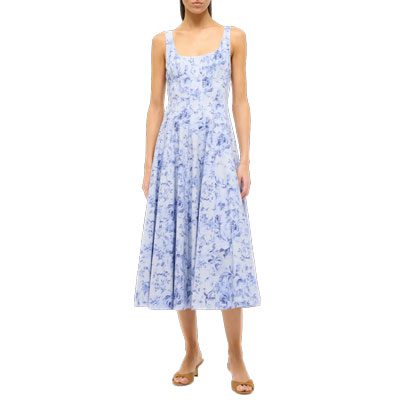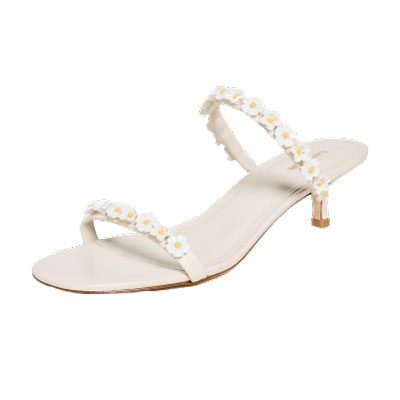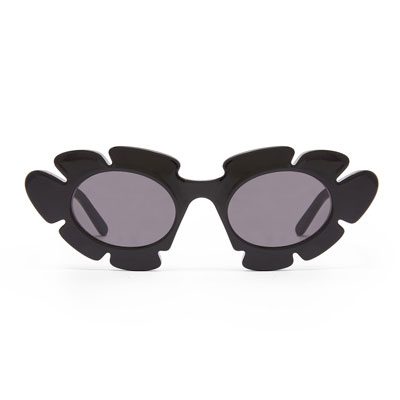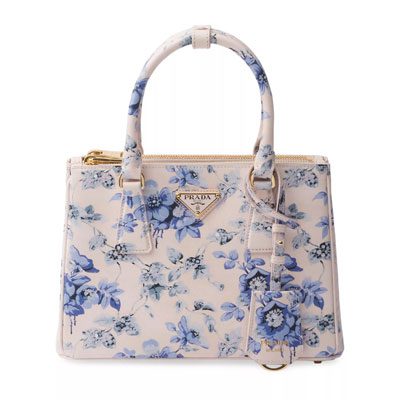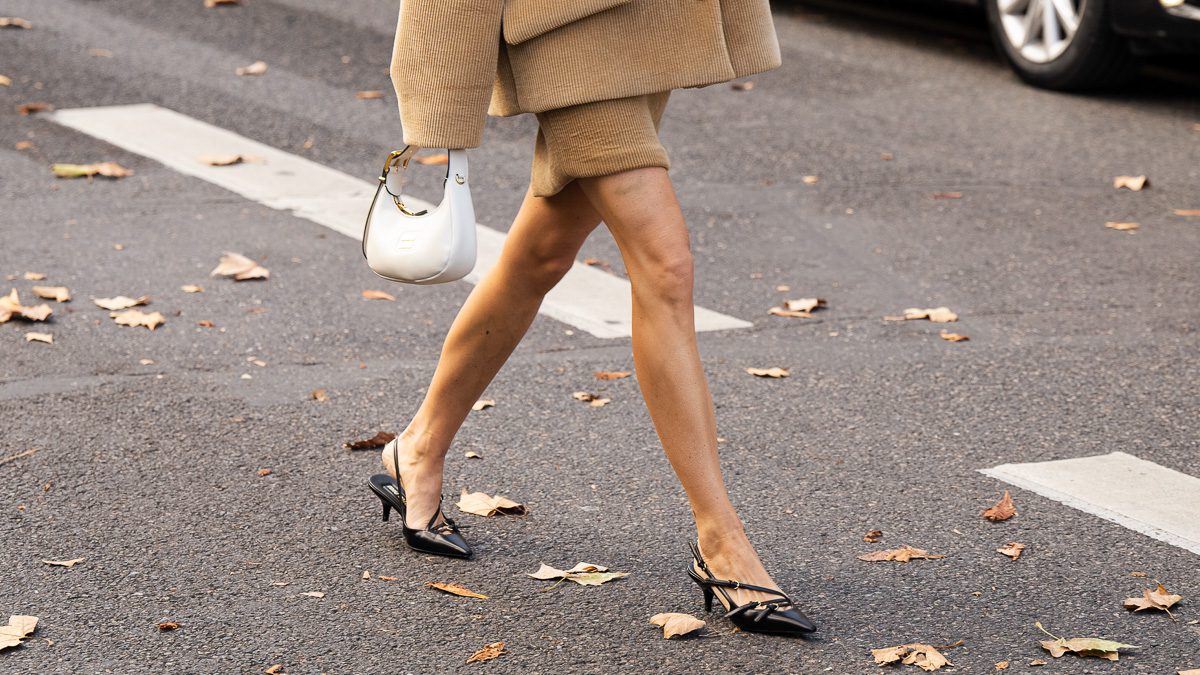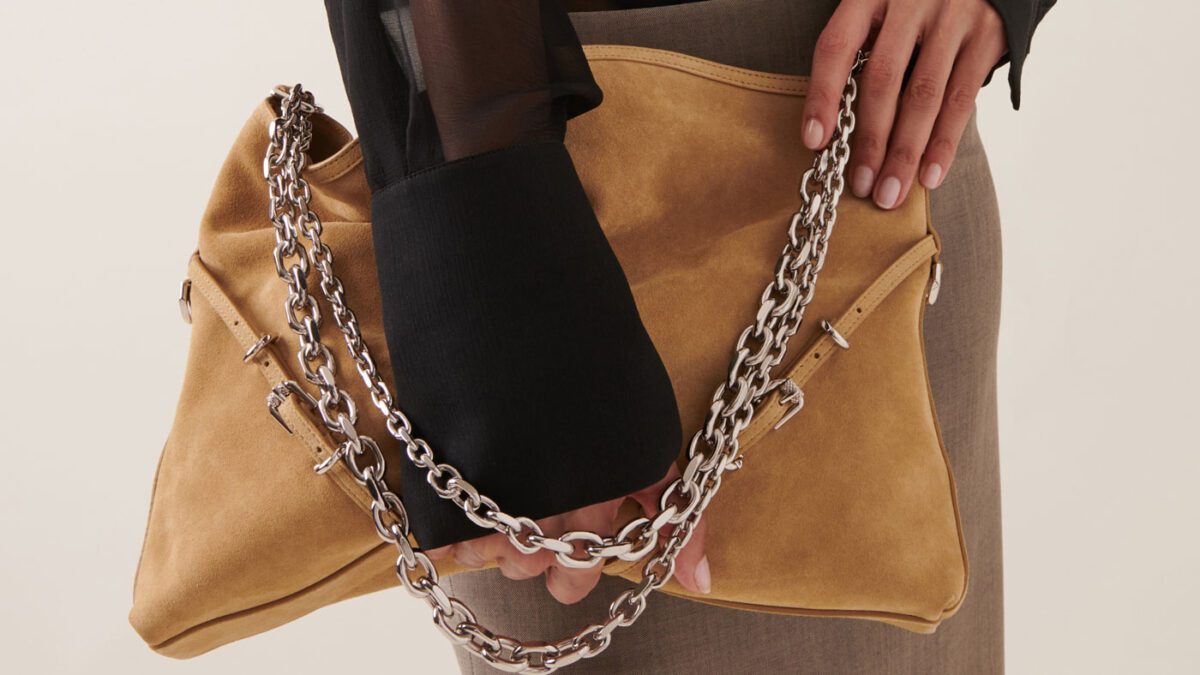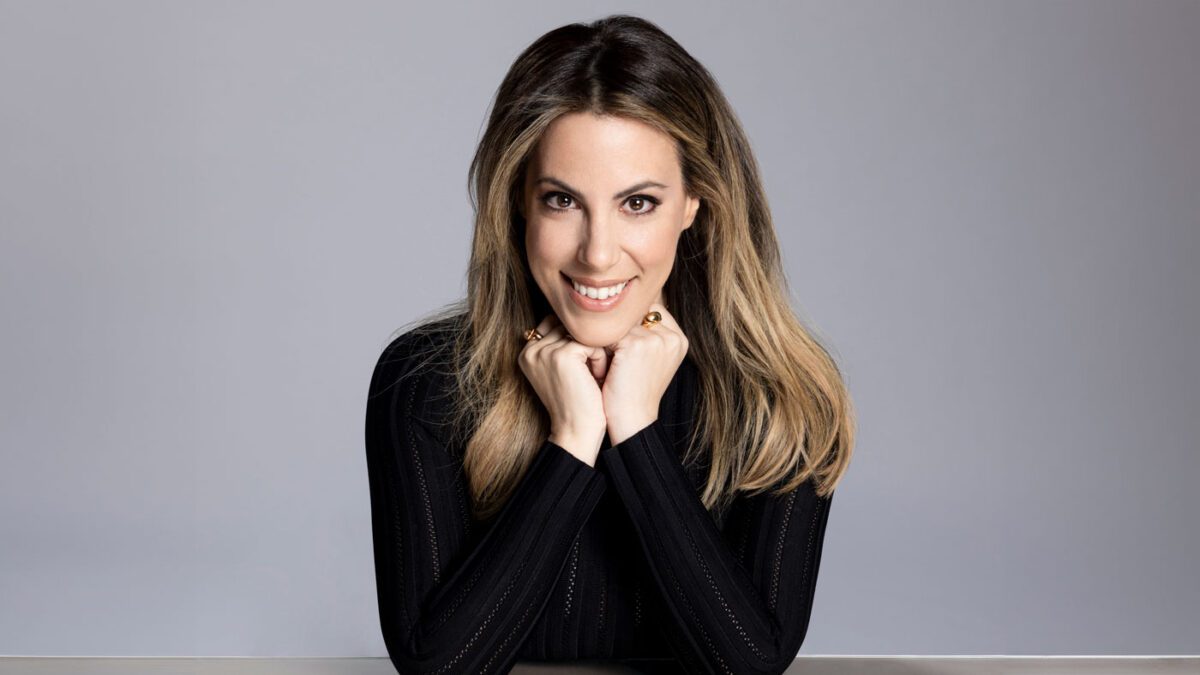It’s been ten years since I started writing about the handbag market at PurseBlog, and in that time, I’ve seen innumerable trends, brands, creative directors and market fluctuations come and go. In modern fashion, the only guarantee is upheaval, but for most of my time in the industry, there’s been at least one other thing you could rely on: the brands with the biggest reaches and the most resources will do the coolest stuff in a consumer-focused market like accessories. Lately, though, I’ve been getting the feeling that isn’t so reliable anymore.
When we sit down to write shopping guides of any kind for PurseBlog, whether it’s practical (like work bags) or trend-based (like, say, hand-carried totes), we approach it like we’re shopping for ourselves: we open up our favorite retailers and scroll through what they have to offer, saving the links for anything we think is interesting enough to include. For nearly a decade, that’s generally meant a familiar crew of designers gets picked, in addition to a few smaller brands or upstarts to round out the selection. After all, fashion is a globally scaled capitalist endeavor, and the larger and more well-established a company, the more resources it has for trend prediction, material sourcing and design talent. On average, those advantages have historically lead to better products, and established designers also have the added advantage of existing consumer interest that will influence how shoppers perceive their new designs. Except lately, it’s the indies that we feel most compelled to showcase—so what happened?
Enter Mansur Gavriel and, just as importantly, enter Instagram. Megs and I have written about their influence occasionally over the past year as we’ve seen this dynamic emerge, but it’s hard to overstate just how important they both have been in the way the market has moved since 2013. Before Mansur Gavriel, contemporary bags were largely marketed to younger women and designed with the assumption that they’d generally be interested in casual, fun options. In reality, that meant a lot of what was available in the $250 to $800 price range was just kind of unsophisticated and sloppy, and it ignored two important ideas: that younger women might want or need elegant, polished accessories (either for work or just because they have taste), and that a market existed in which older women might want to buy nice bags that cost less than $1,000. Those are both obviously true things now, but ignoring them was the animating force of much of the high-end handbag market for years.
When Mansur Gavriel debuted its limited line of simple day bags—including its now-omnipresent Bucket Bag—and sold through the initial stock, the brand had only two employees (the founders, Rachel Mansur and Floriana Gavriel) and was being run out of one of their apartments. Wait lists stretched for months, in spite of relative quiet from traditional fashion media. Online, though, buzz grew deafening, and a large part of that was a result of the founders’ natural facility for telegraphing their aesthetic vision online, including with a significant and tonally unified Instagram presence. (A willingness to send bags to fashionable young women with significant Instagram followings of potential customers didn’t hurt, either.) Not only did Mansur Gavriel prove there was a huge, untapped market for sophisticated, style-conscious bags with three-figure price tags, but the brand proved that designers with relatively limited traditional resources could set industry-wide trends if the product was good and the aesthetic translated online.
And then, it was off to the proverbial races. Forward-thinking fashion retailers like Moda Operandi and Net-a-Porter started scouting and stocking indie bag designers that fit the Mansur Gavriel mold (small product lineup, tight aesthetic vision, and Insta-ready designs), and plenty have popped up to fill that space: Wandler, Cult Gaia, Simon Miller, STAUD, Hunting Season, and Danse Lente, just to name a few. Because these brands are smaller and not yet hemmed in by the vast corporate bureaucracy and board expectations of a luxury conglomerate or hedge fund backer, they can often be more nimble: responding to microtrends, releasing riskier designs, moving more quickly away from what doesn’t work and toward what does. And because these brands have much smaller manufacturing capacities than big designers, their popular bags tend to be scarce, which creates a sense of urgency that doesn’t exist for bags that are available everywhere in ten colors. It takes months to throw a corporate fashion behemoth into motion to release something new, and anything significant has to be carefully calculated because of the scale at which it will be made and the investment that will go into promoting it. Consumer tastes have sped up, but many legacy brands haven’t figured out how to do much about it, beyond releasing existing bags in new colorways.
Most traditional fashion brands also have well-documented issues connecting with millennial and Gen Z shoppers, and only a handful do a good job of it now—off the top of my head, that list includes Gucci, Balenciaga and Louis Vuitton most prominently, with Chanel and Hermès both also doing well, albeit by cruising on their monster-sized reputations instead of doing much to actually shift their consumer strategy. For most other brands—and even ones who right now have no sales issues—the traditional evolution of their accessories lineups can start to feel stale, especially when you consider all that might be gobbled up—were it available—by frenetic attention spans of aesthetic-minded younger generations who find much of their stylistic inspiration online.
Of course, it’s not just the structural vagaries of design and production that play a role in the shifting look of the accessories marketplace; price also plays a big role. In years past, fashion behemoths could offer a handful of small, often non-leather entry-level bags in the high three figures and expect aspirational consumers to stretch their budgets to get a recognizable piece of the luxury pie. Now, the ways in which something can become recognizable have changed—huge ad campaigns and decades of logo awareness aren’t necessary, as long as a brand is designing something distinctive and, well, good. With many of the bags that have followed this new route, like Mansur Gavriel’s Bucket and signature designs by Danse Lente and Cult Gaia, a recognizable, taste-signaling piece can be had in the mid-three figures. That’s not cheap, of course, but it does give consumers an alternative to having their arms twisted by top-tier pricing for entry-level bags. For many of the new contemporary options, what you get for your money is just a better deal, without sacrificing on appearance or sophistication.
Which is not to say that designer advantages (or good designer bags) have all vanished. Most consumers still prefer to buy from established names because they feel more comfortable with the promised quality or customer service, or just because those brands align more closely with the image they want to project to the world about their taste level or socioeconomic status. Still, though, I can’t remember a time in the last decade where there were more worthy contemporary competitors in the bag market, and they’re not just competing with each other. If legacy brands are smart, they’ll take the lessons they should be learning to heart, because it’s exactly when institutions think they’ve become untouchable that someone comes around to snatch their thrones.






